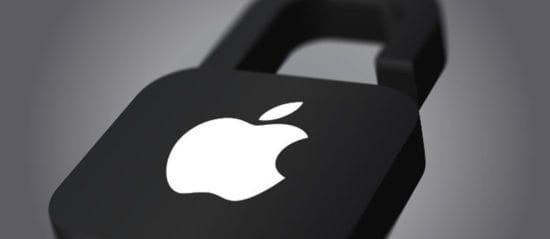Apple is reportedly set to announce new photo identification features that will use hashing algorithms to match the content of photos in users’ photo libraries with known child abuse materials, such as child pornography. Apple’s system will happen on the client — on the user’s device — in the name of privacy, so the iPhone would download a set of fingerprints representing illegal content and then check each photo in the user’s camera roll against that list. Presumably, any matches would then be reported for human review.
The opinions expressed in this post belongs to the individual contributors and do not necessarily reflect the views of Information Security Buzz.



